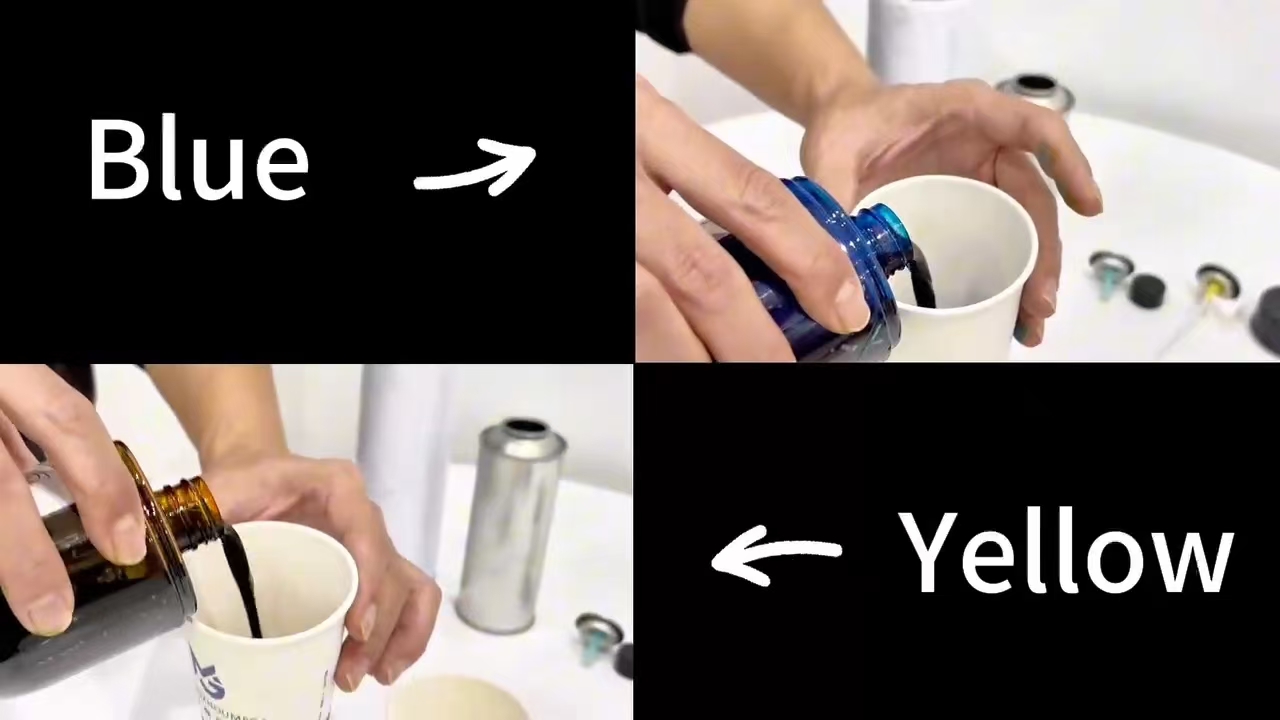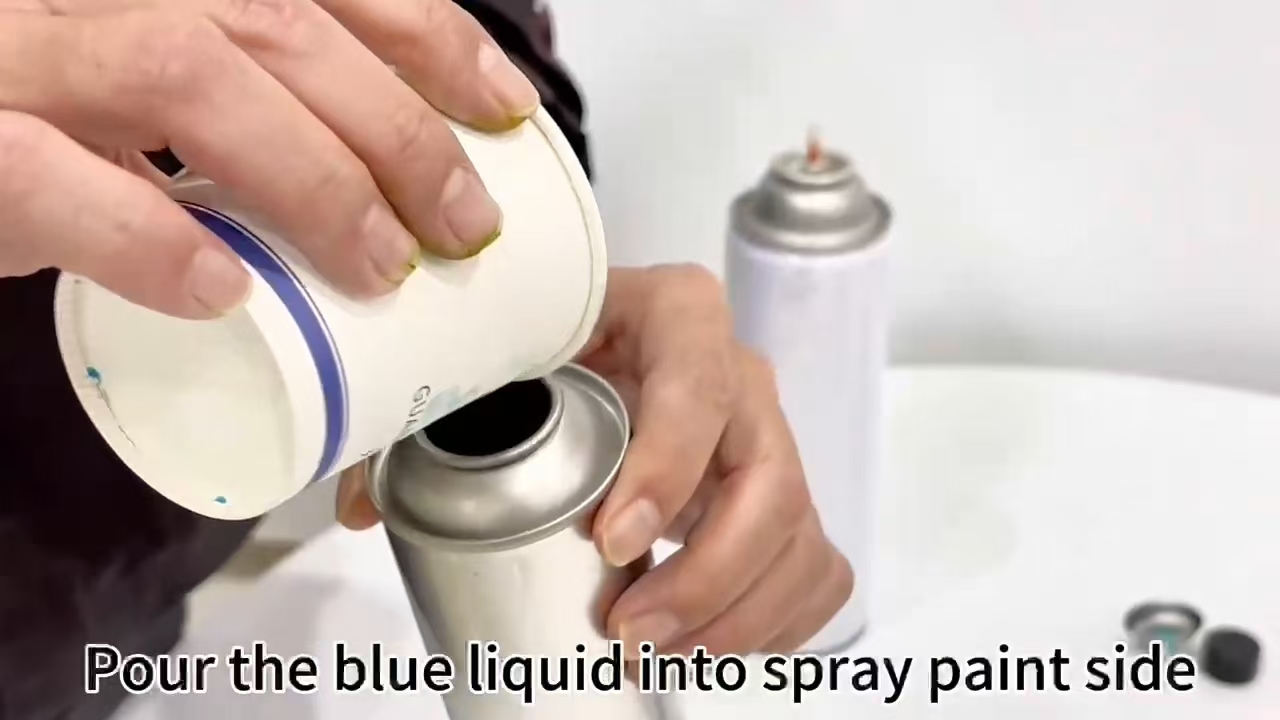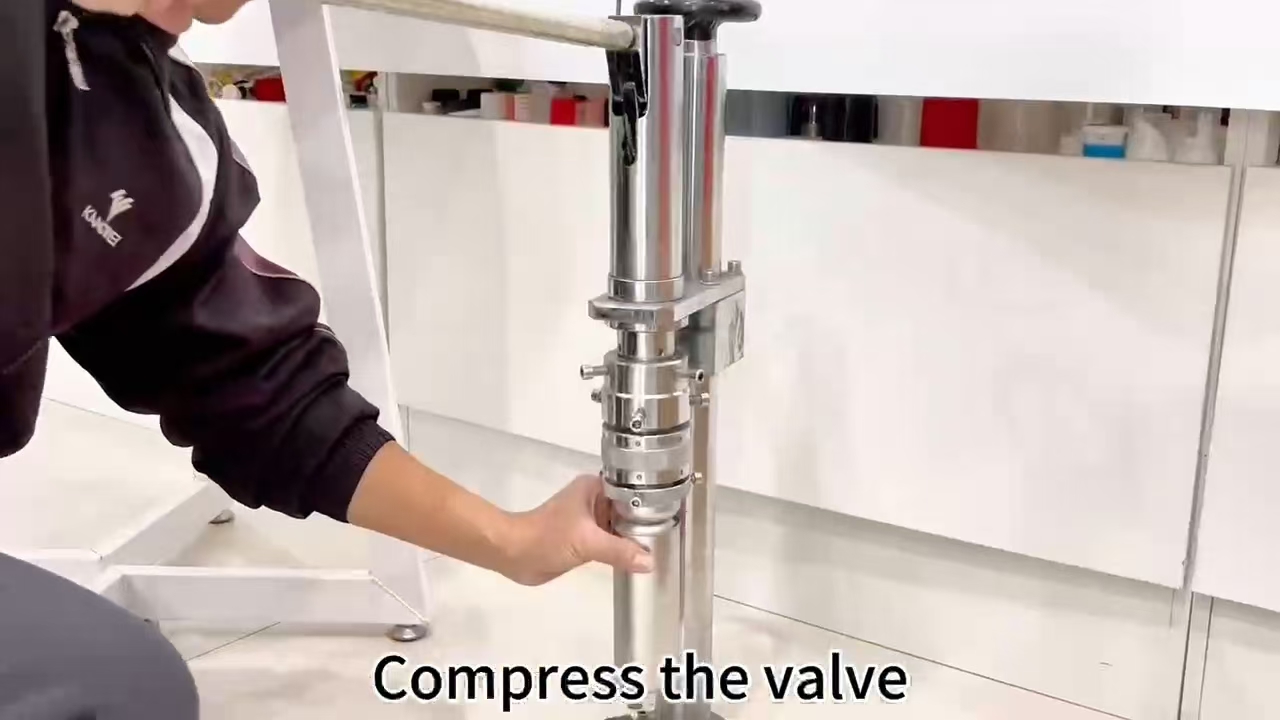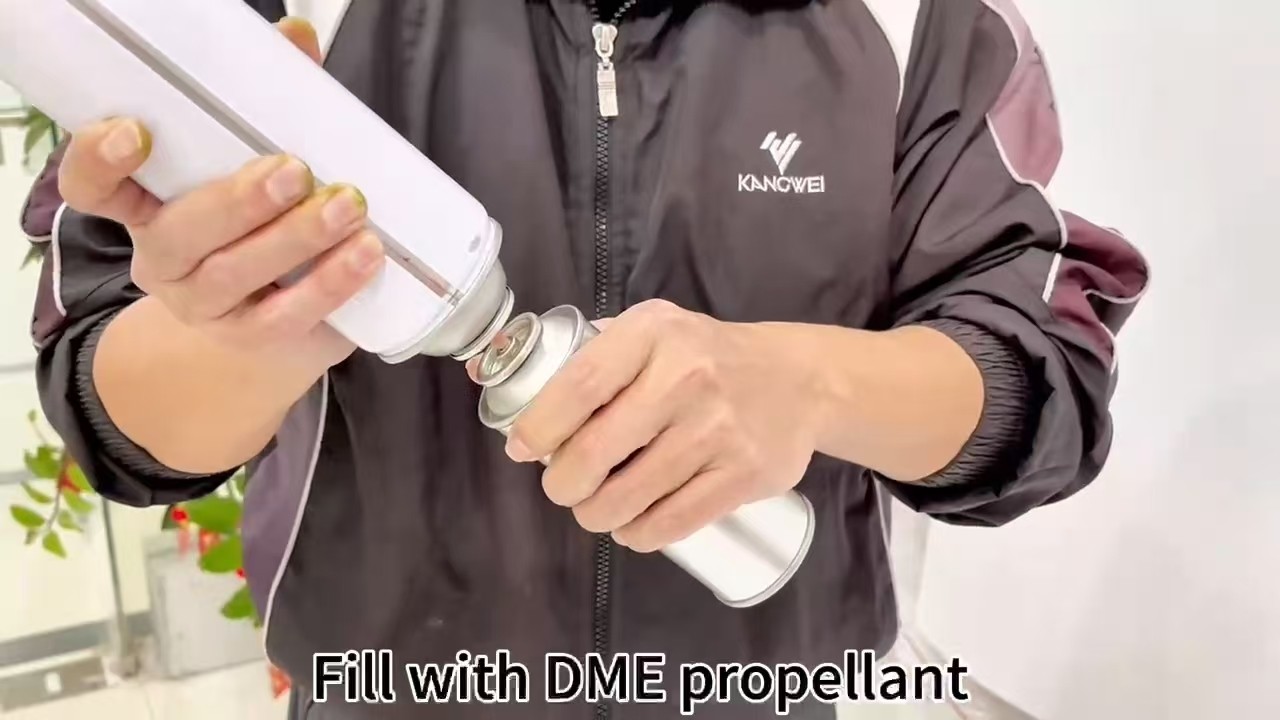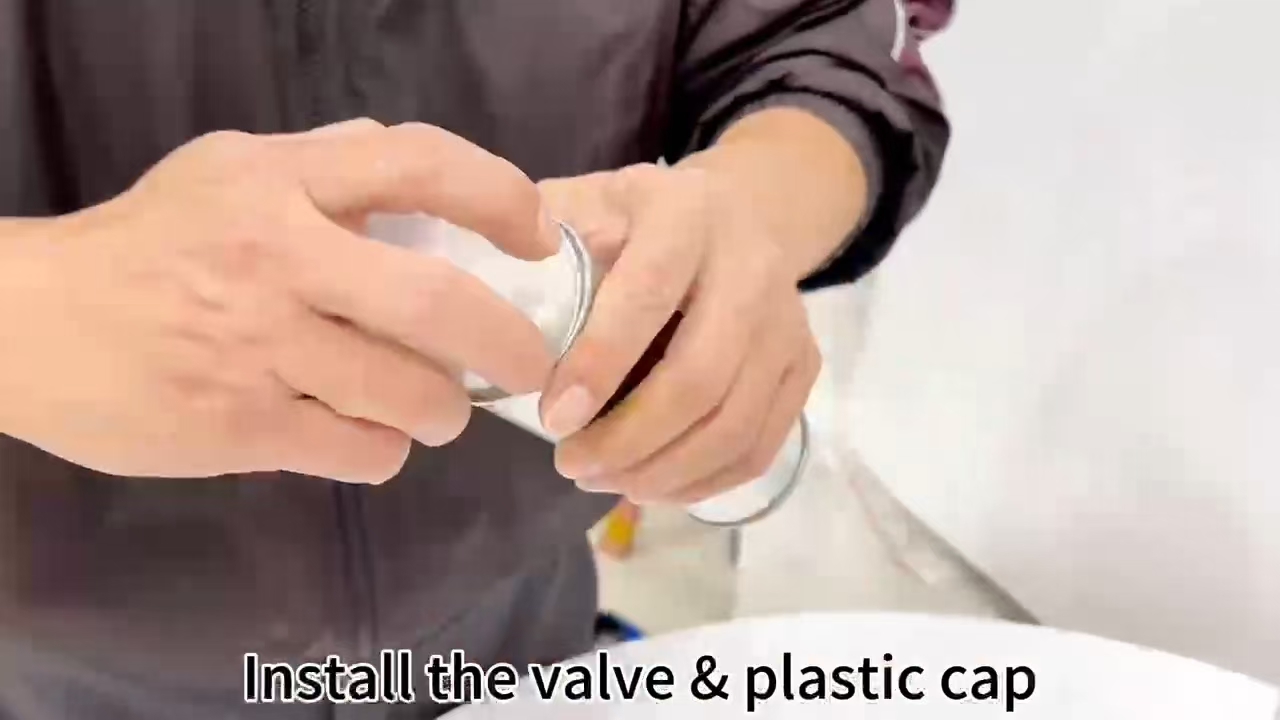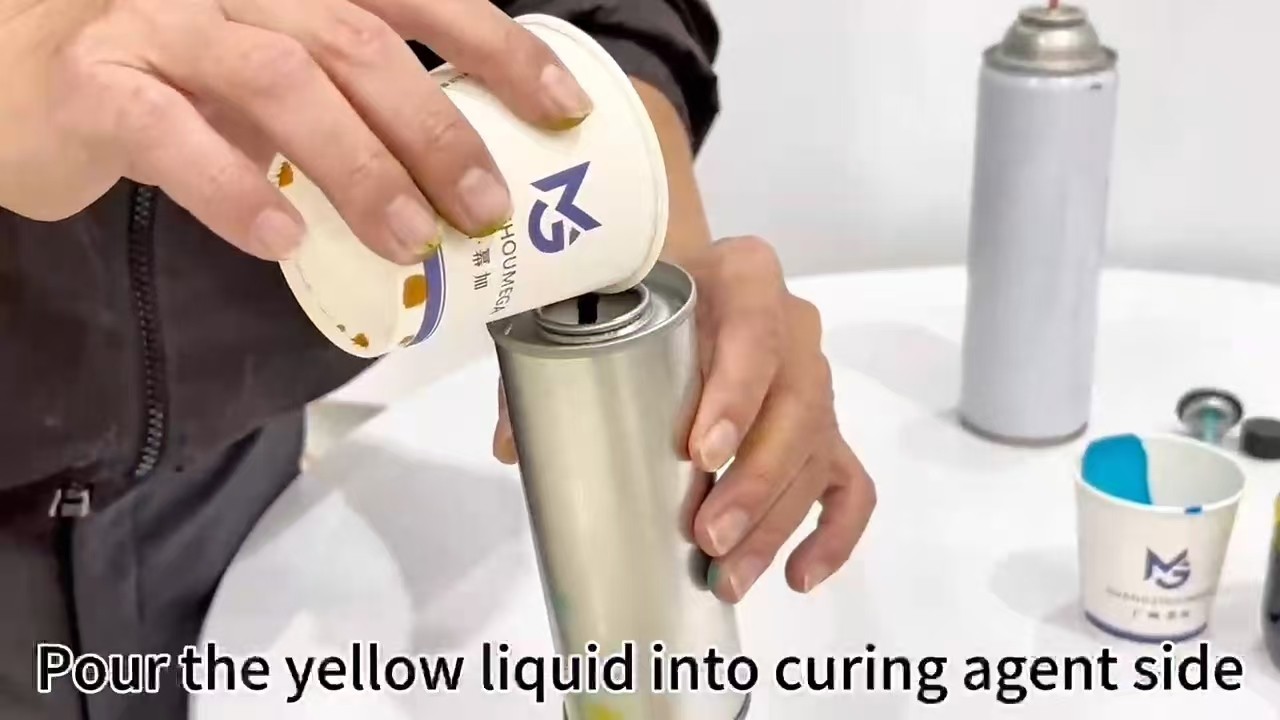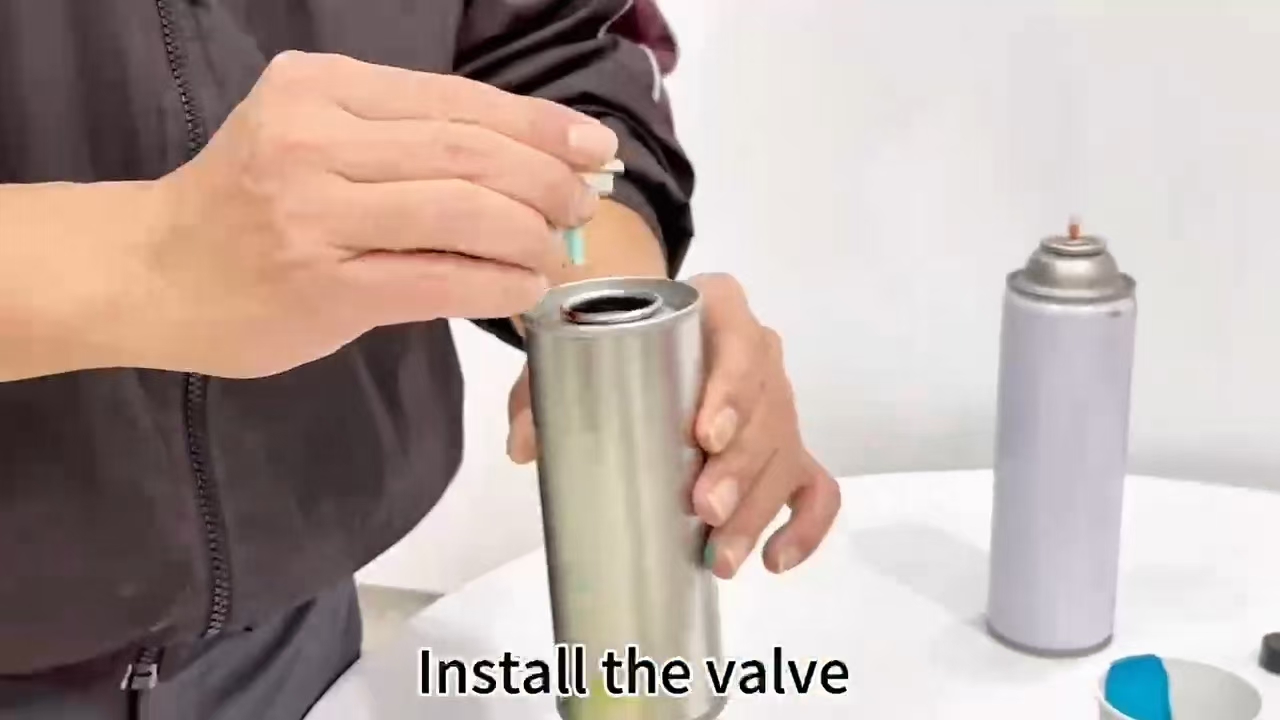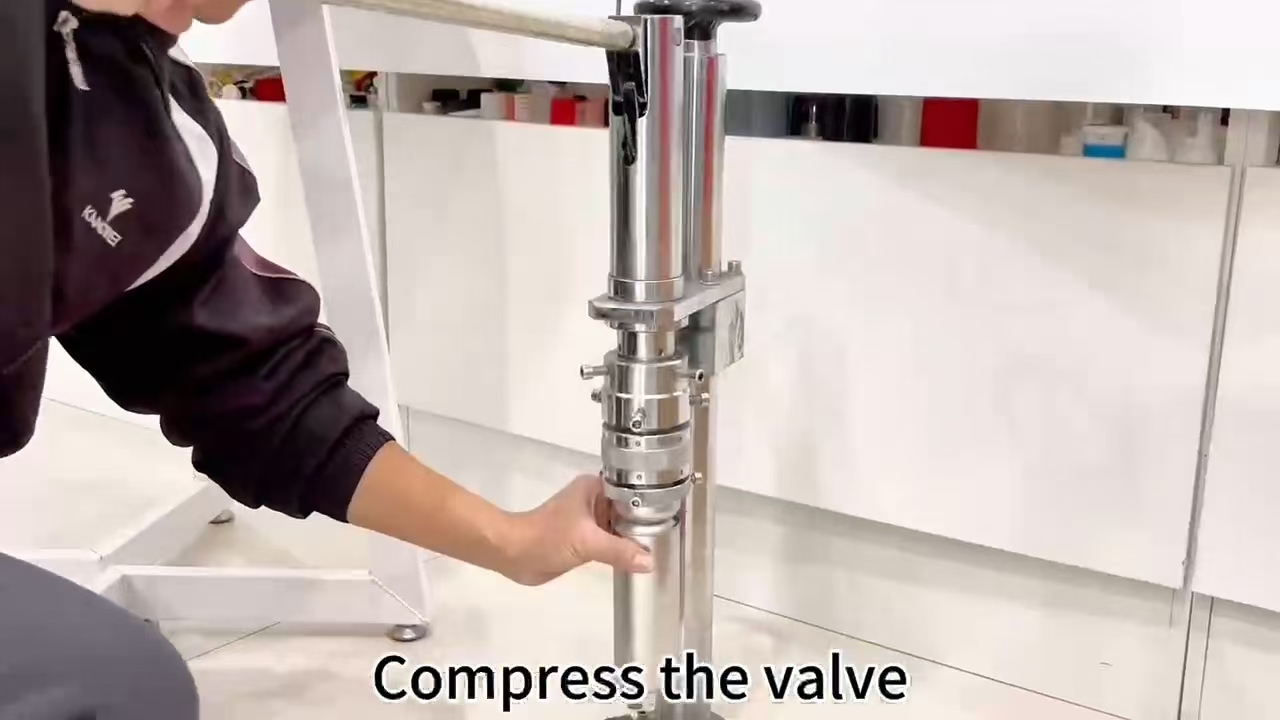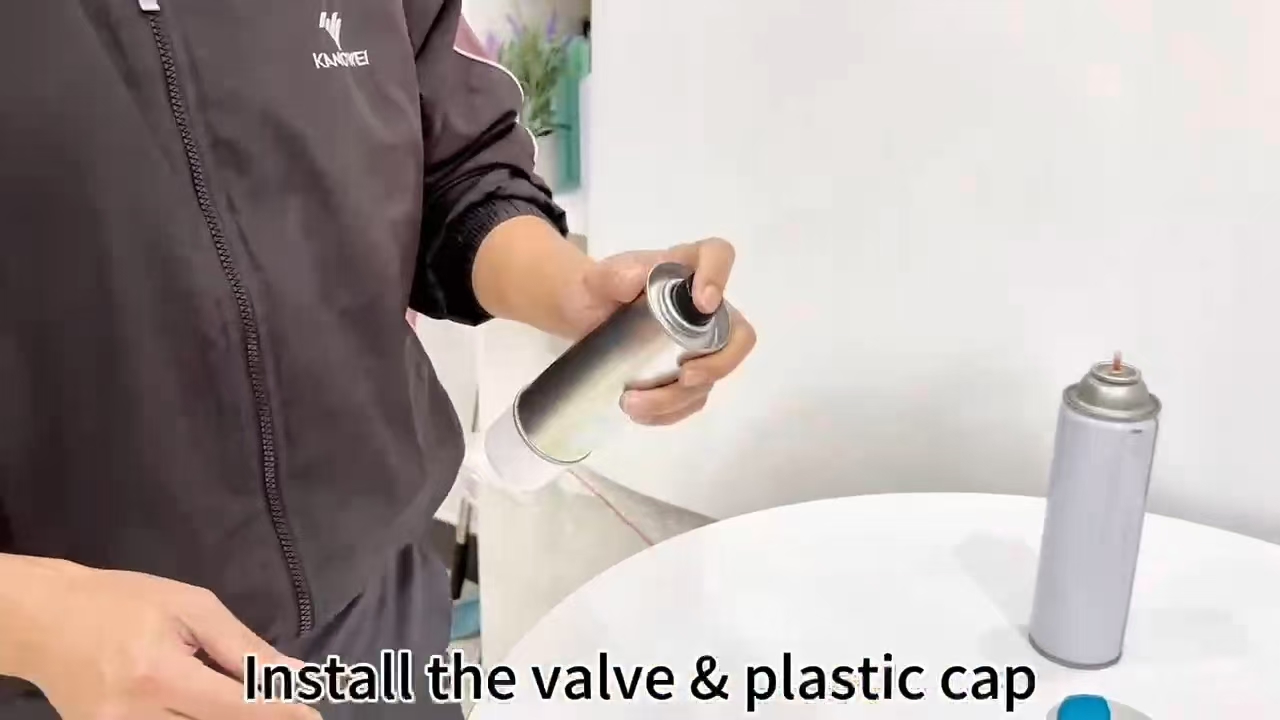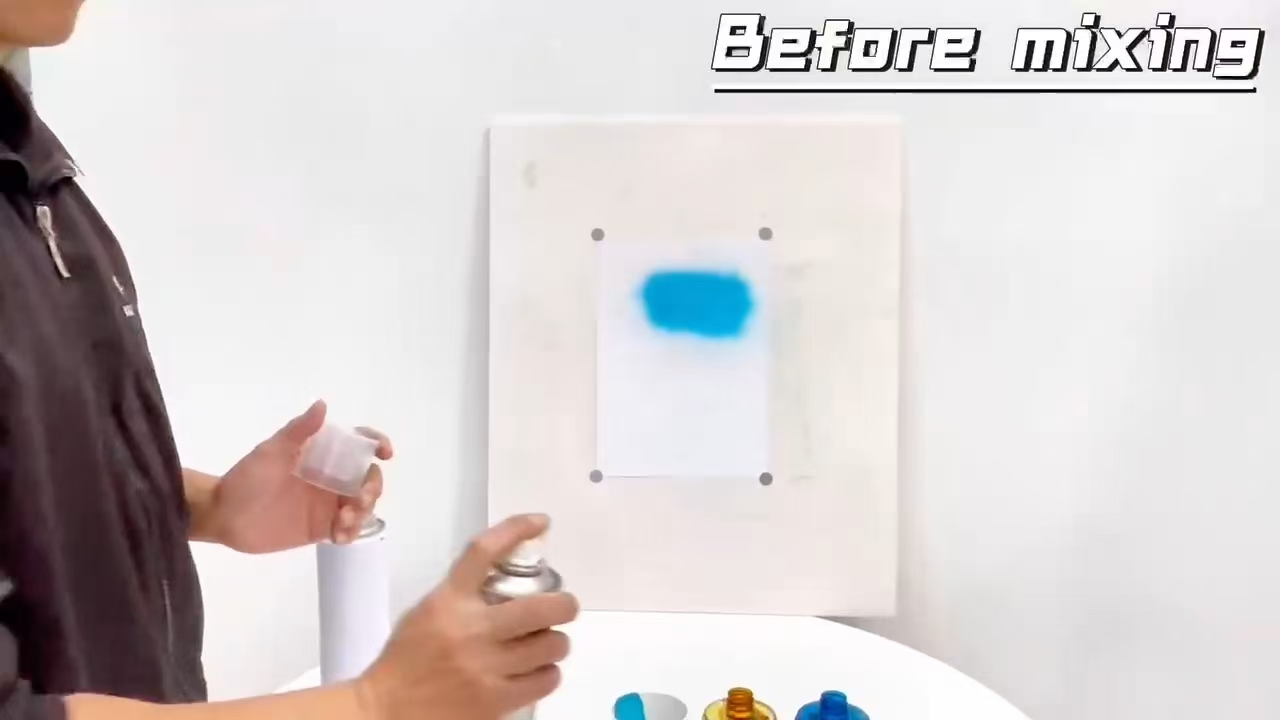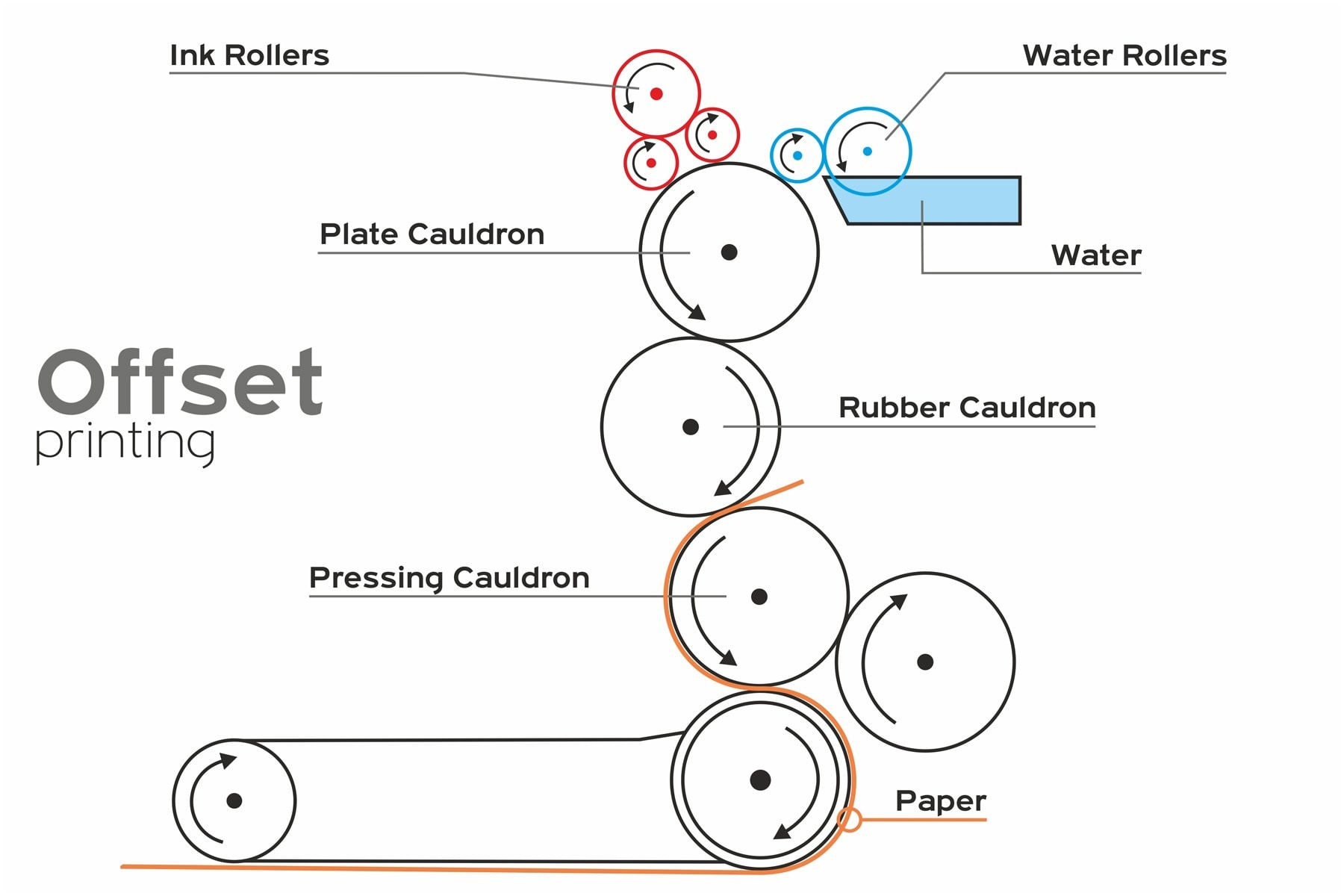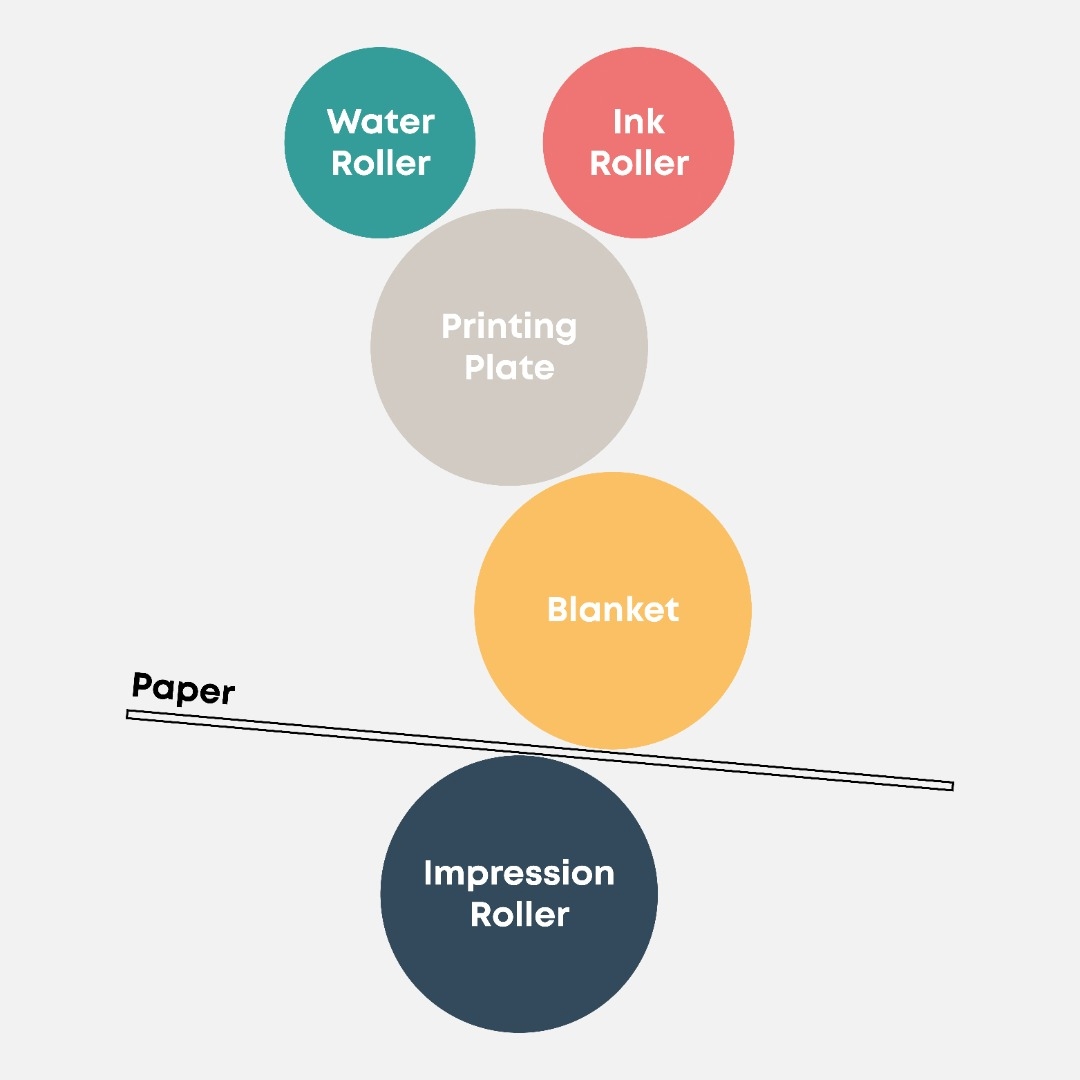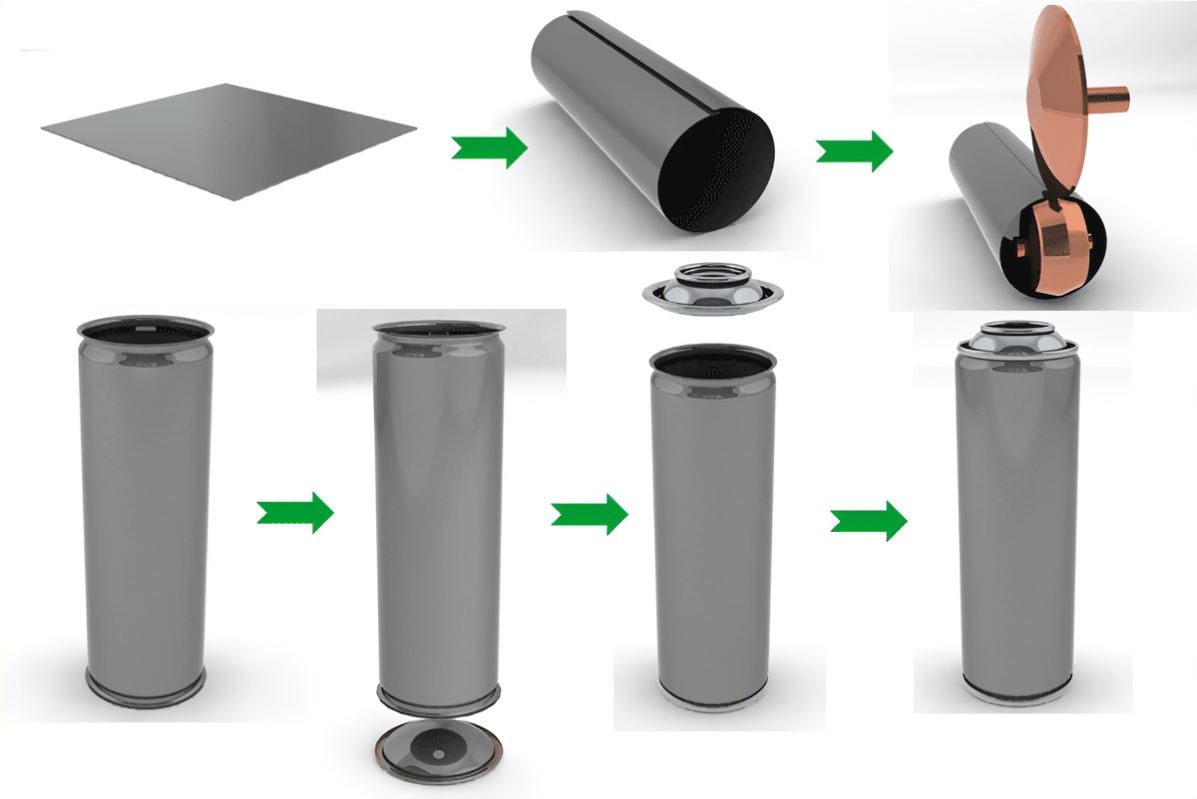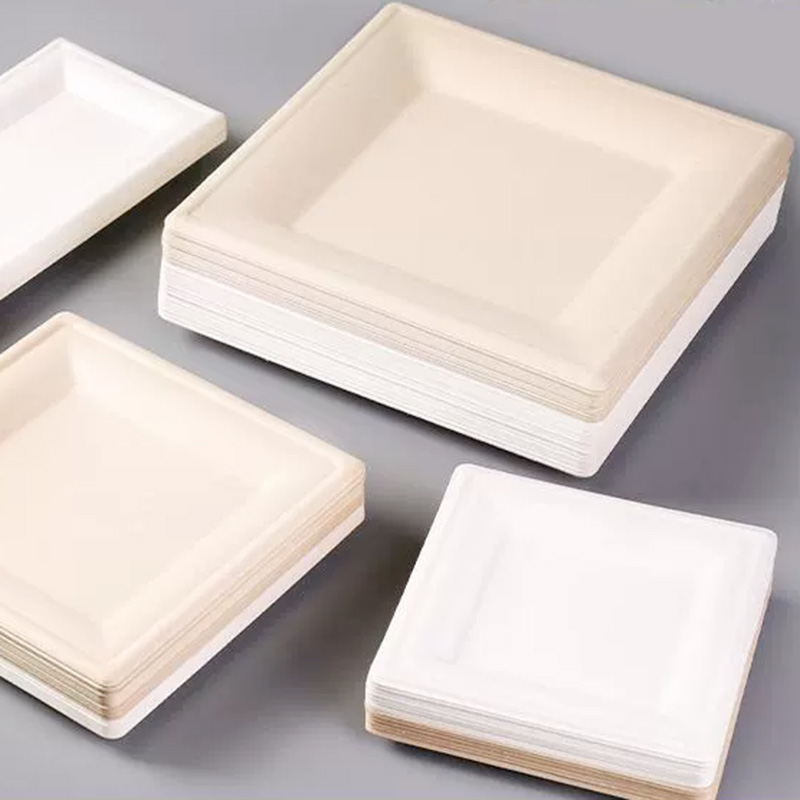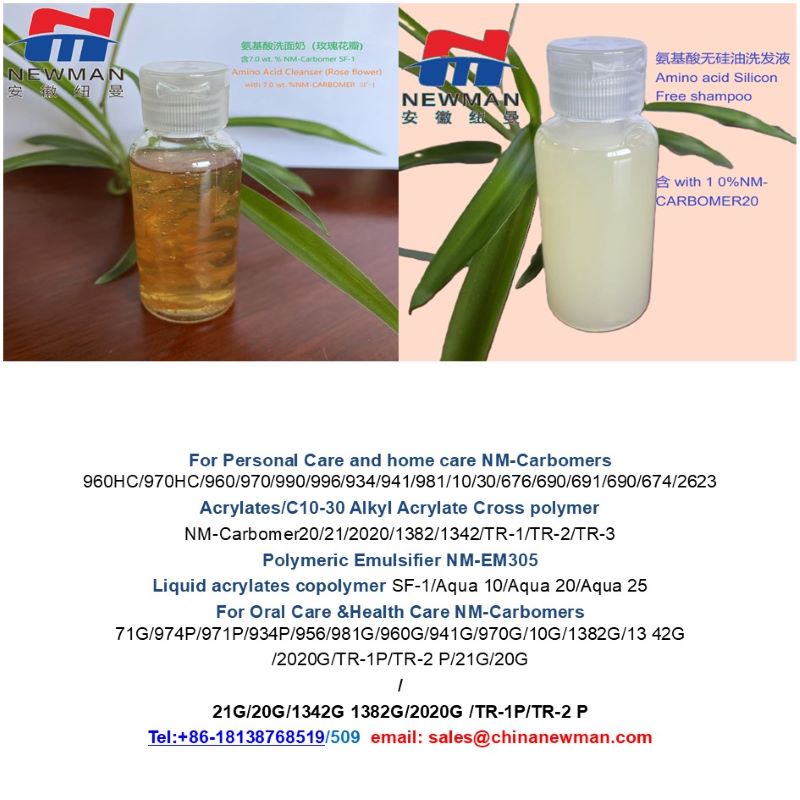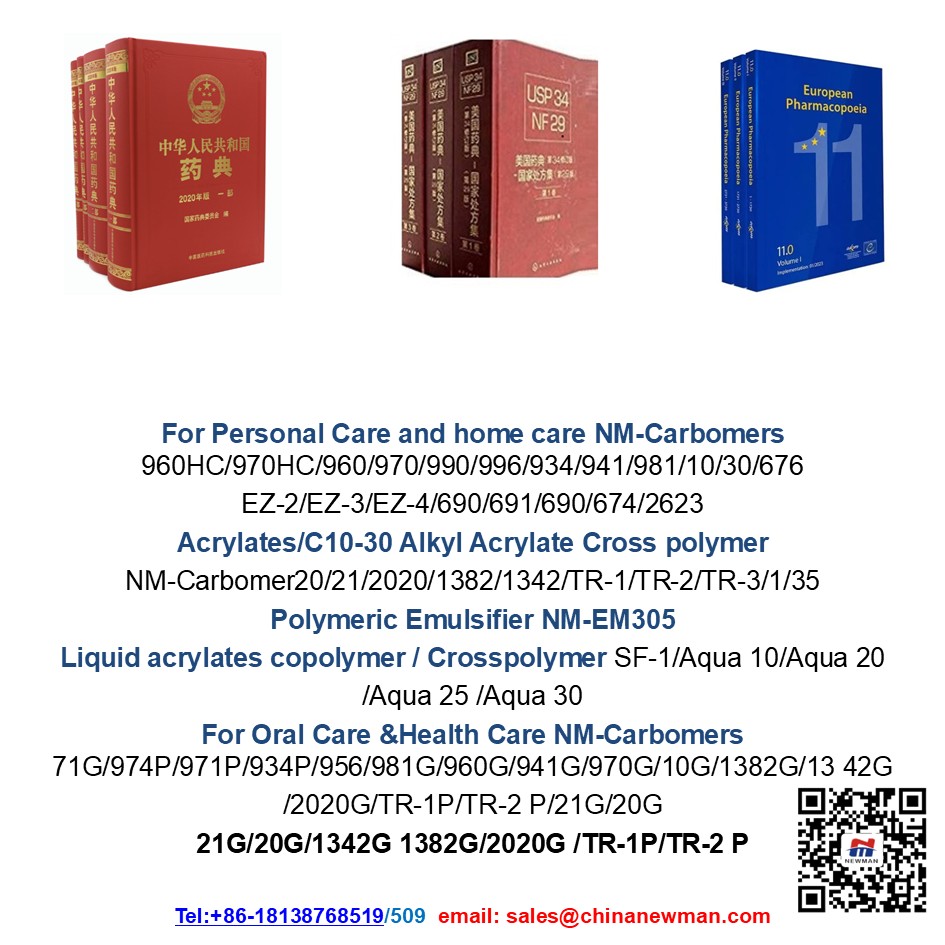Selection Points for Aerosol Tin cans
1.Stability & Compatibility of aerosol tin can
For any aerosol products, we should first select the cans according to the type of product, the characteristics of the formula to do the compatibility & stability test to ensure the stability of the product. Only through the stability of the test can we let the product into the market.
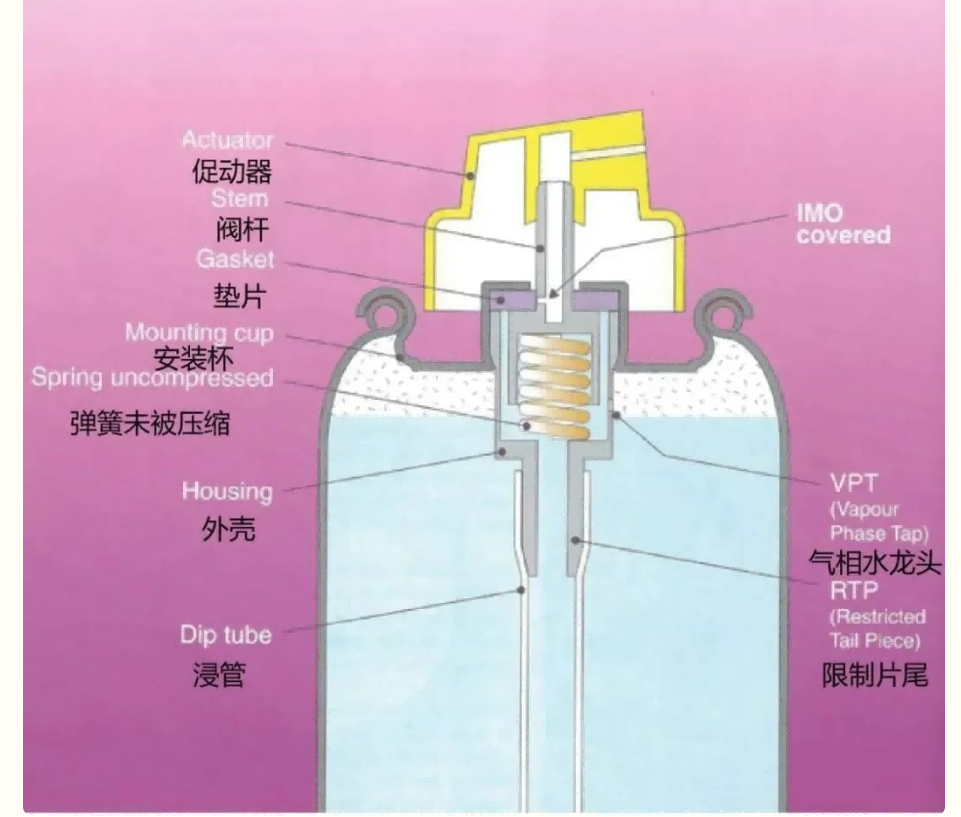 |
2.Security of aerosol tin can
It Includes the safety of use, pressure safety, environmental safety, safety of independence and the percentage of contents in a full aerosol tin can, etc.
|
|
3.Comfort of use of aerosol tin can
Any products after production and selling, it will be used by the final consumer. Besides, the comfort of use, ergonomics, spray effect, fragrance concentration, etc., related to the permanence of the existence of the product.
 |
4.The economics of aerosol tin cans
Excessive use of packaging materials, in fact, is type of a waste. Therefore, the choice of packaging materials is an environmental protection.
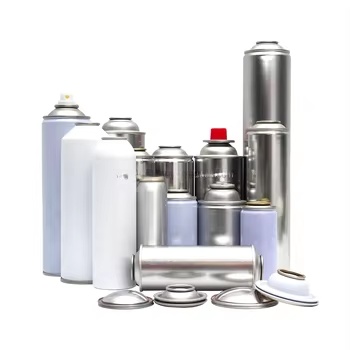 |
5.Aesthetic appeal of aerosol tin can
Many consumers, especially cosmetics are outlook picker. Therefore, the first impression often determines the success of the products. And we also need pay more attention to the combination of appearance setting and the aesthetic needs of appropriate groups.
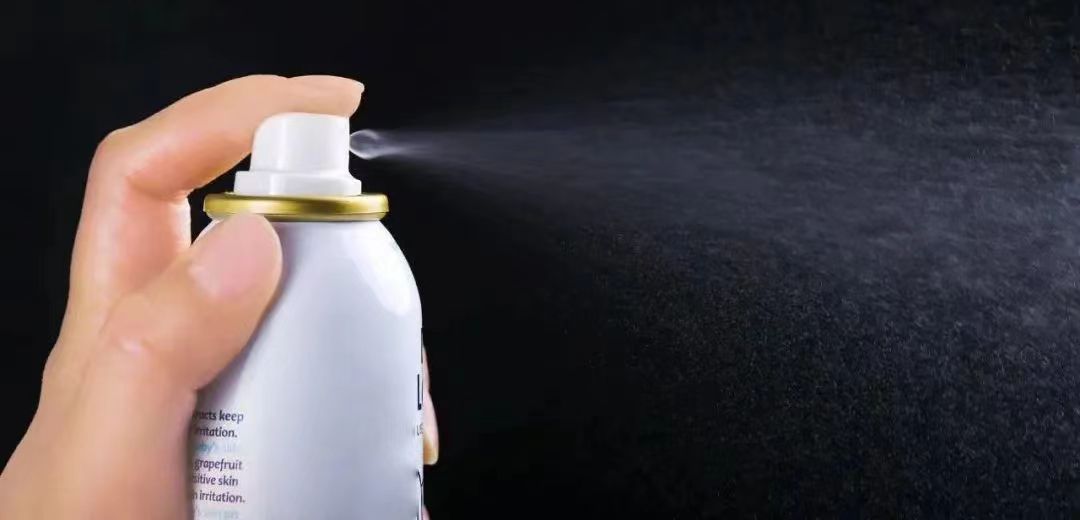 |


